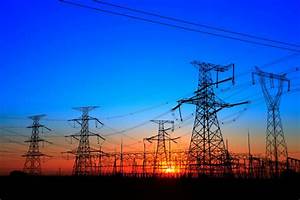In other articles we have talked about how adding battery storage to the grid decreases the need for expensive to run peaker plants. Most of these batteries have been Lithium Ion. They are made by Tesla, BYD and others. The fit the “storage for four hours” goal typically needed. But, there is also a longer-term storage need.
This is when it is overcast for a few days or the wind isn’t blowing. We are not talking about week- or month-long storage, just a few days. Enough Lithium Ion batteries for this type of storage would be extremely expensive. That’s where this rust (iron air) battery fits in. It stores energy by converting iron oxide (rust) to iron and releases oxygen. In the discharge cycle it takes oxygen from the air to produce rusty iron and energy.
The only real downside is that this process cannot be done quickly. In fact, it will take about 100 hours to complete a charge or discharge cycle. This is perfect for what we call long-term storage for the electric grid.
An article in New Atlas talks about how a gigawatt scale system has been approved for Minnesota.



